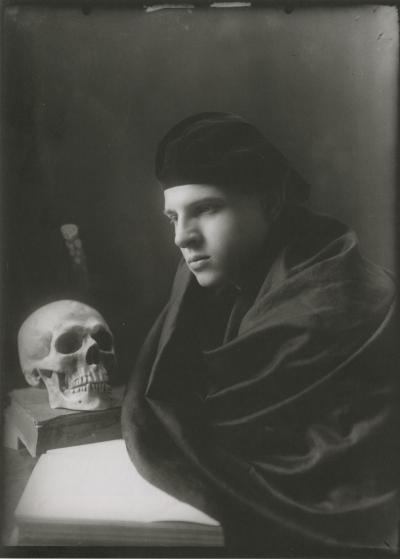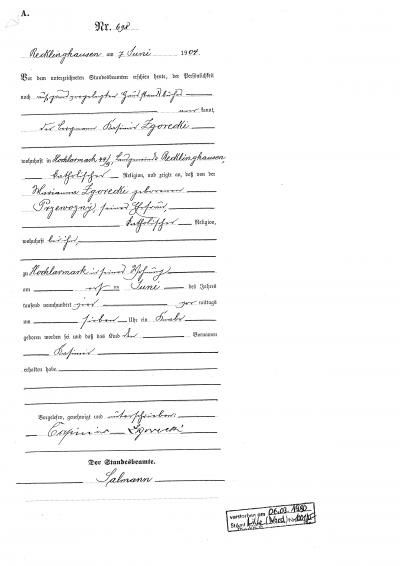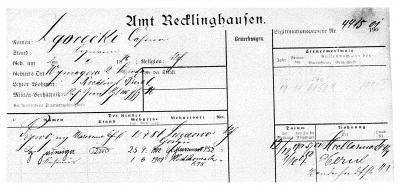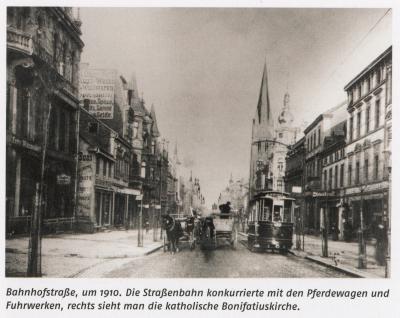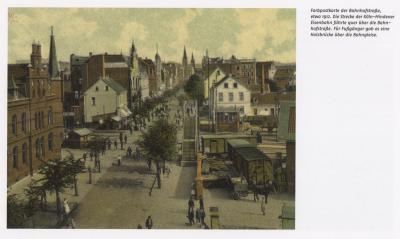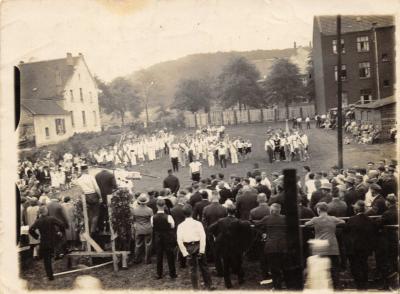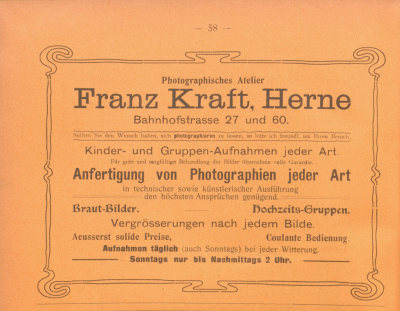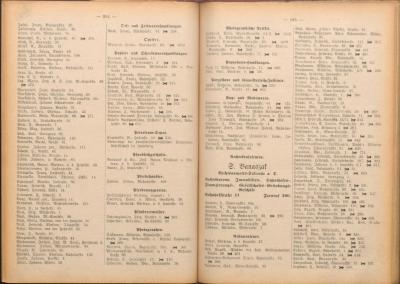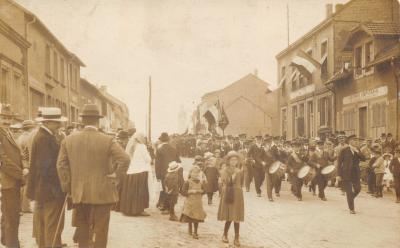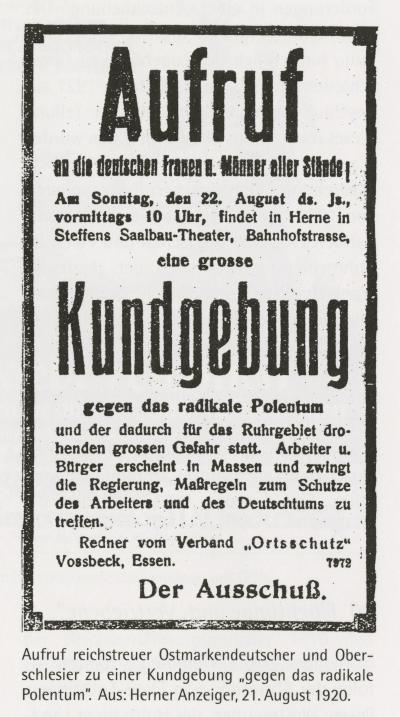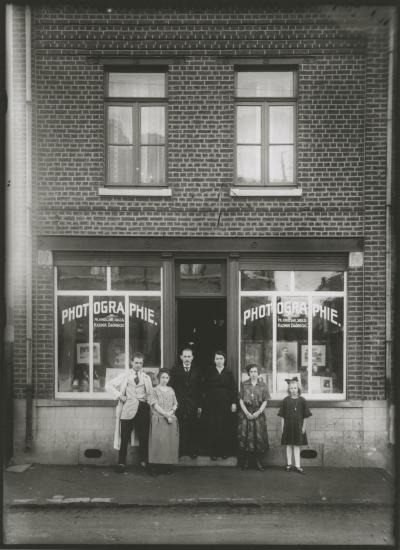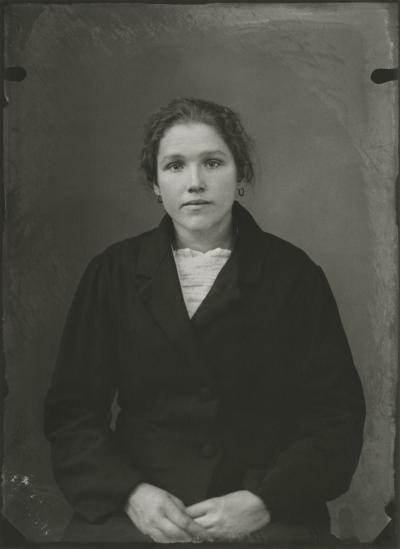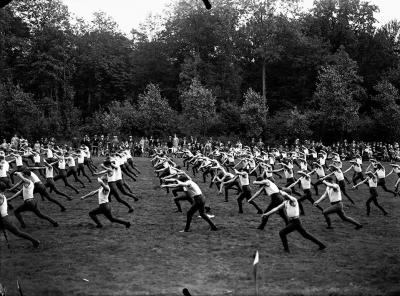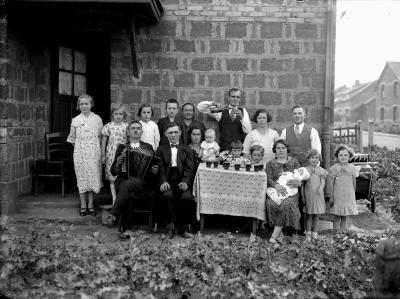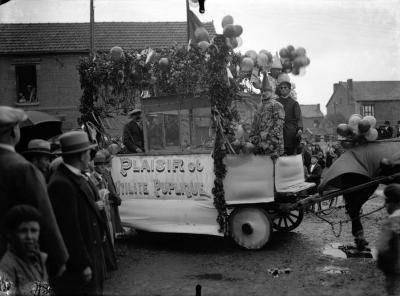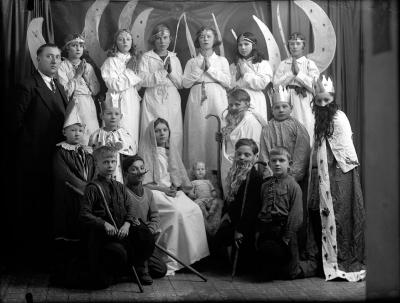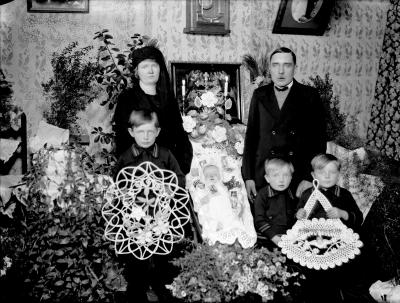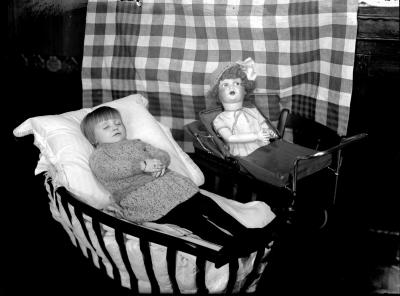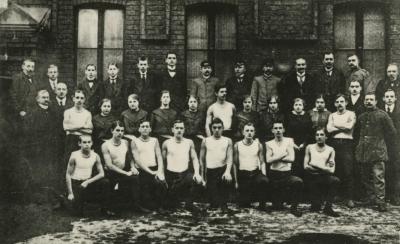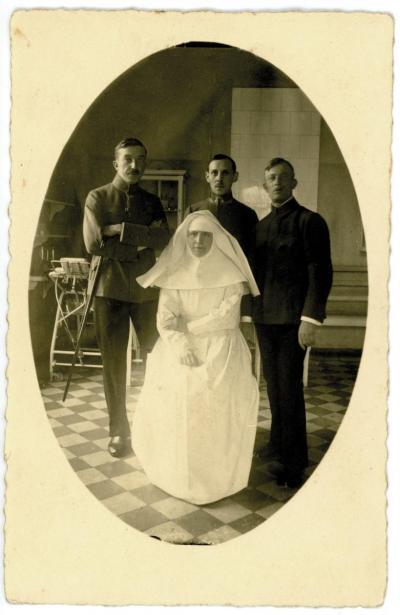Kasimir Zgorecki (1904-1980) – from Recklinghausen to the pantheon of French photography
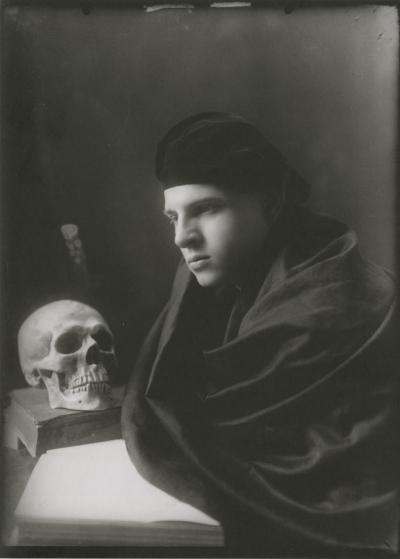
Other works show the traditional everyday life of Polish families. They show sporting events, family celebrations, such as weddings and christenings and Catholic festivals (see Fig. 15, 16, 17, 18). From 1901, a French law made it easier for foreign clubs and associations to be established, which is why Zgorecki had the opportunity to photograph them 20 years later.[66] Overall, his photos reflect the life of Ruhr Poles abroad – and also capture sad events. The so-called post-mortem photographs also formed part of Zgorecki’s work and were particularly in demand in the 20th century.[67] He mainly photographed deceased children, following specific rules of image composition and presentation as he did so (see Fig. 19). The children were shown lying in their beds, sometimes surrounded by their family or with a symbolic object, like a doll (see Fig. 20). Often, a cloth was hung in the background to reflect the light.[68] These photographs were not just for the surviving relatives at home, they were also sent to the family in the Polish homeland to preserve the memory of a deceased child that they never had the opportunity to meet. In 2007, the Musée d’Orsay exhibited Zgorecki’s post-mortem photographs, and these can be seen in the exhibition catalogue “Le Dernier Portrait” and online.[69]
On 4 July 1930, Kasimir married Léocadie Parysz, who also worked in his studio. His children Alfred and Jacques were born in 1931 and 1938.[70] During the Second World War, he most likely photographed occupying forces and soldiers, but there is no trace of this work today.[71] Overall, it seems that he was very successful with his photography studio because a document of the Société Gevaert that has survived confirms that he had an annual income of 2.456 francs.[72] Communications with Zgorecki’s estate administrator Frédéric Lefever revealed that Zgorecki was able to continue to work during the war and during the German occupation of France – although he had few commissions – and was not enlisted as a soldier.[73] After the end of the war, he let his work slide but did not retire, before introducing both his sons to photography.[74]
[66] Frédéric Lefever: Kasimir Zgorecki, p. 52.
[67] Post-mortem photography is the photographing of deceased persons as a memento of a family member. This form of photography was mainly practised in the late 19th and in the 20th century.
[68] Emmanuelle Héran: Le Dernier Portrait, p. 127f.
[69]see: https://www.musee-orsay.fr/fr/evenements/expositions/aux-musees/present… (zuletzt abgerufen am 26.06.2020)
[70] Frédéric Lefever: Kasimir Zgorecki, p. 11.
[71] Frédéric Lefever: Kasimir Zgorecki, p. 11.
[72] Frédéric Lefever: Kasimir Zgorecki, p. 7.
[73] Email contact with Lefever in May and June 2020.
[74] Frédéric Lefever: Kasimir Zgorecki, p. 11.
